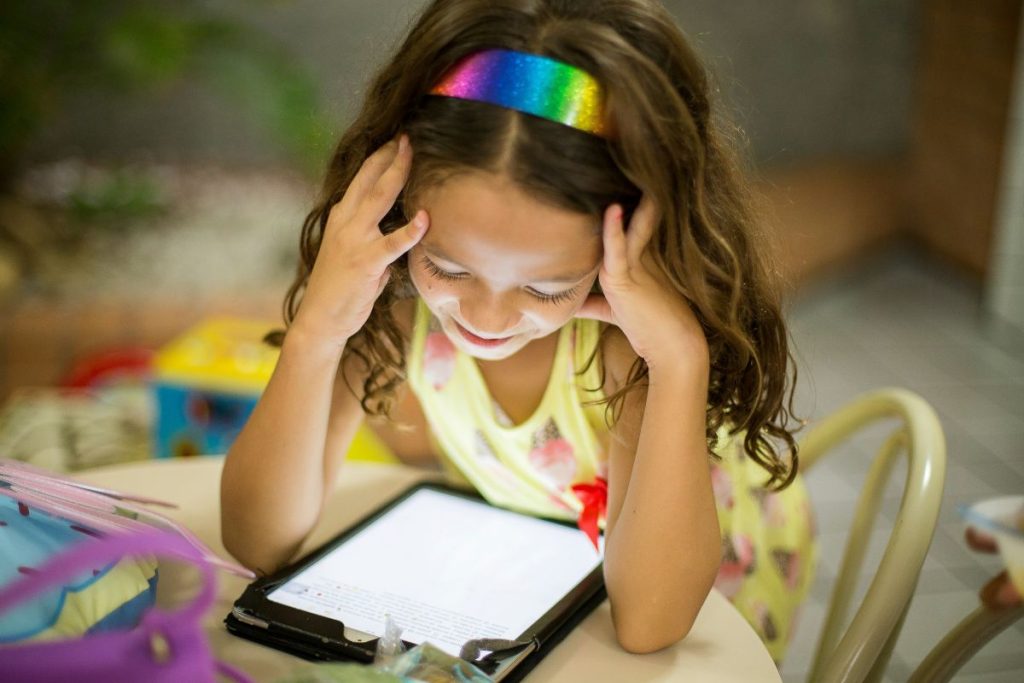By Suzi Bell, Managing Director of Activ8 Mind

Unlike when we grew up, there’s also the lure of the online realm and its capacity to distract and derail all other demands is huge.
Starting conversations about priorities and digital dangers is an important part of keeping our young people fit in body and mind.
Success requires practice
Let’s start with an obvious one. Getting better at something feels good and boosts our confidence. But you rarely get better at something unless you put in the time. Remind your kids that digital dependence reduces the hours left to hone their skills.
As well as interfering with ongoing activities, online checking behaviours also distract during study time, limit cognitive processing capacities and impact academic achievement.
Prioritise in-person
When we interact online, we miss out on key facial expressions and body language that we get with people face-to-face. Encourage social interaction through sports and other activities. Note that having friendships outside of school can be very beneficial.
Discuss that what they see on social media is merely a snapshot of life, not reality. And that online validation is not a reliable indicator of popularity or merit.
Careful how you click
Point out how easy it is to get exposure to the wrong kind of content. A 2022 eSafety report states that 62% of teens had been exposed to harmful content online.
Warn about the danger of clicking on links sent on gaming chats or when using social media platforms. Encourage open conversations about any inappropriate content they might see.
Discuss often the dangers of comparing themselves to others. Teach them how to protect their privacy and ensure they are aware of what constitutes cyberbullying. No-one wants their children to receive or deliver harmful online content.

Sleep matters
Excessive screen usage can have implications for our sleep, and sleep is essential for both our physical and mental health.
Adolescents are advised to get 8-10 hours of sleep each night. When they don’t get enough rest, it negatively impacts their alertness, concentration, cognitive function, learning ability, and working memory.
We should all turn off screens one hour before trying to sleep and keep devices out of the bedroom overnight.
Movement and mindfulness
Encourage your children to be active. Any sort of movement helps the body and mind relax, everything from ball sports to aerobics, hiking and yoga.
Teach your children to become aware of what is happening in the moment – thoughts, feelings and body sensations – through mindfulness and relaxation practices. A body scan is a great way to bring awareness to physical sensations. Spend time learning these techniques together. There are plenty of free resources available.
Family planning
Work as a family to set limits and encourage new behaviours. Consider creating a screen time management plan that will allow you to track and set goals with your children.You could also try a digital detox where you all have a night or two off a month. Or screen free Sundays. No posting and no scrolling.
And plan ahead. There will be challenging times, like long school holidays, where managing screen time seems unavoidable. Make a list of alternative activities and continue fostering an open dialogue about behaviours.
What’s a reasonable screen time limit?
According to the Australian Institute of Family Studies, no more than two hours of sedentary recreational screen time is recommended for young people aged 5-17. That includes things like watching movies, scrolling on social media, or playing video games, but does not include schoolwork.
Most importantly, don’t be too hard on yourself. Directing our children in the digital world can be tough. But we’re all in this together. As reactions to social media legislation have proved, this is a problem that families are facing all over the country.
Top tips to getting teens to talk?
Keep calm and carry on conversing. Try the car if you sense them shutting down when you’re looking at them directly. Or go for a walk. Just as we want them to feel safe online, we want them to feel safe discussing their online experience with us too.
Suzi Bell is the Managing Director of Activ8 Mind, a leading health and human services provider specialising in mental health and positive behavioural change. Headquartered in Adelaide, the Activ8 team provide services to individuals through NDIS, Medicare, Workers Compensation, and Private Insurance including psychology, counselling, and positive behaviour support.
More information:
Follow KIDDO on Instagram and Facebook, and subscribe to our weekly newsletter






